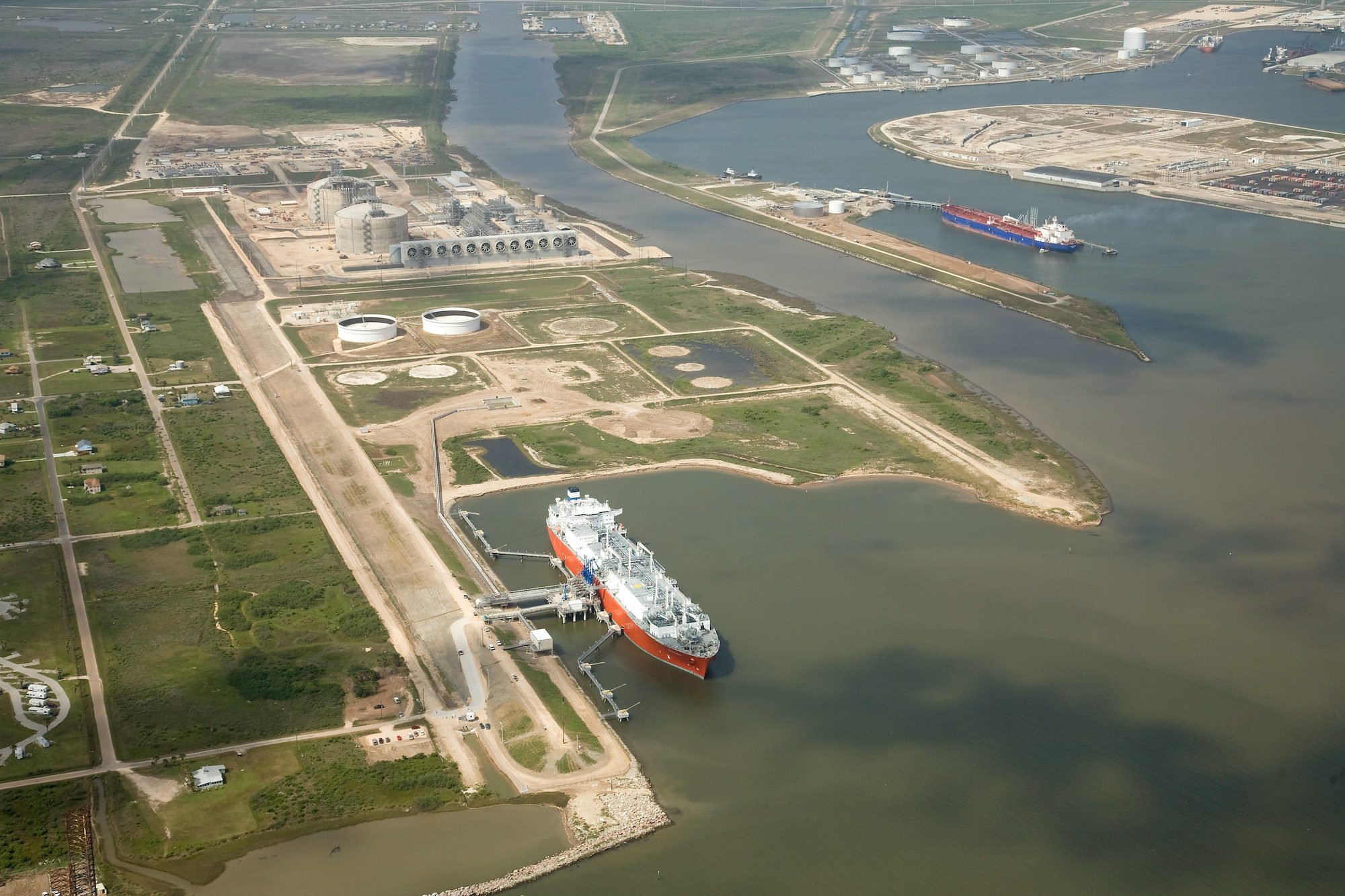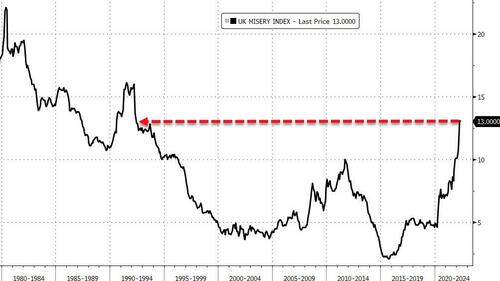Freeport LNG says its Gulf Coast LNG liquefaction plant won’t return to full operations until the end of 2022 due to damage from last week’s
fire. Partial operations are expected to resume in approximately 90 days, the company said.
The announcement comes in the company’s latest update on the fire which included some initial findings from its investigation into the incident that has left the 15 million tonnes per year export facility—the second largest in the U.S. and seventh in the world—completely offline.
The new timing estimates are longer than previously thought, throwing another wrench into the global LNG market already seeing tight supply from Russia’s invasion of Ukraine.
Preliminary Findings
The fire at the liquefaction plant on Quintana Island, Texas started at approximately 11:40 a.m. local time on June 8, 2022, following the ignition of a LNG vapor cloud.
There were no injuries and the incident did not pose a threat to the surrounding community. The company said both the LNG vapor cloud and fire were contained within the bounderies of the facility and the initial ignition lasted approximately 10 seconds.
“The fire and associated smoke visible thereafter were from the burning of materials in and around the location where the incident occurred, such as piping insulation and cabling,” Freeport LNG said in its update. “With the assistance of local area emergency response personnel, the resultant fire was extinguished approximately 40 minutes after the initial incident. While the burning of those materials resulted in carbon monoxide, nitrous oxide, particulate matter, sulfur dioxide and volatile organic compound emissions, these were of limited quantity due to the short duration of the fire and not at levels that posed any immediate risk to Freeport LNG personnel or the surrounding community. There was no release of any other chemicals or substances from the plant during the event.”
Water used to suppress the fire was captured on site and will be tested for harmful contaminants before being released or removed for proper disposal.
“None of the liquefaction trains, LNG storage tanks, dock facilities, or LNG process areas were impacted,” Freeport LNG said.
The company said the incident occurred in pipe racks that support the transfer of LNG from the facility’s LNG storage tank area to the terminal’s dock facilities, located on the intracoastal side of Freeport LNG’s dock basin where LNG is transfered to tankers and exported to customers across the globe.
Preliminary observations suggest that the incident resulted from the overpressure and rupture of a segment of an LNG transfer line, leading to the rapid flashing of LNG and the release and ignition of the natural gas vapor cloud, according to Freeport LNG. “Additional investigation is underway to determine the underlying precipitating events that enabled the overpressure conditions in the LNG piping.”
Restarting Operations
Freeport LNG’s investigation into the cause of the incident and necessary steps to safely resuming liquefaction operations, including regulatory clearences, is underway, but full operations are expected until “late 2022” while partial operations.
Freeport LNG Development was formed in 2002 to develop, own and operate an LNG terminal on Quintana Island, near Freeport, Texas. The terminal started LNG imports in June 2008, but in 2019 it became the fifth plant in the U.S. to start exporting LNG. Most of the LNG produced by the facility is shipped overseas to customers under long-term tolling agreements.
Reuters reported that in March the Freeport LNG facility loaded 21 cargoes carrying an estimated 64 billion cubic feet of gas to destinations in Europe, South Korea and China, according to the U.S. Department of Energy, up from 15 cargoes in February and 19 in January.
“At this time, completion of all necessary repairs and a return to full plant operations
is not expected until late 2022. Given the relatively contained area of the facility physically impacted by the incident, a resumption of partial operations is targeted to be achieved in approximately 90 days, once the safety and security of doing so can be assured, and all regulatory clearances are obtained.”
Freeport LNG is the largest all-electric drive motor plant of its kind in the world, which help to reduce carbon emissions by over 90% relative to gas turbine-driven liquefaction facilities.




